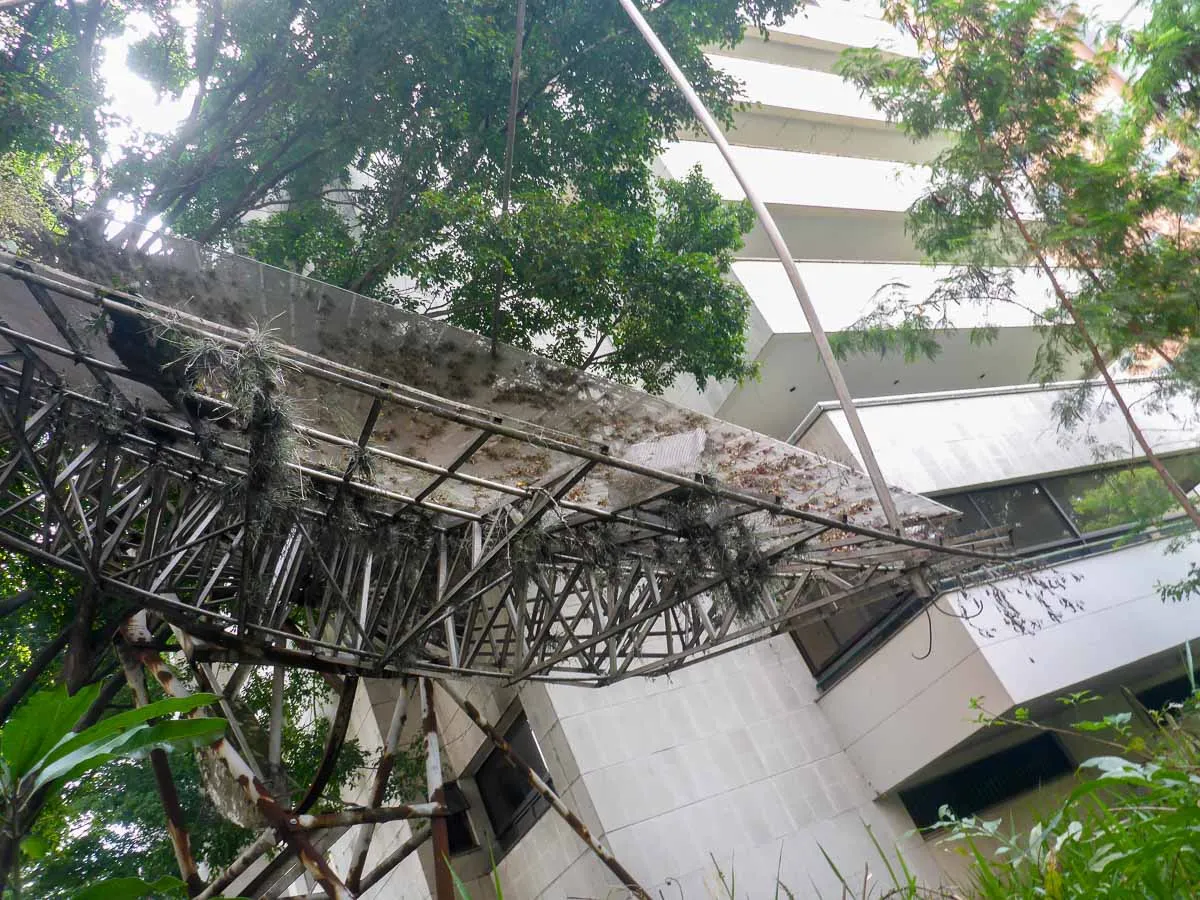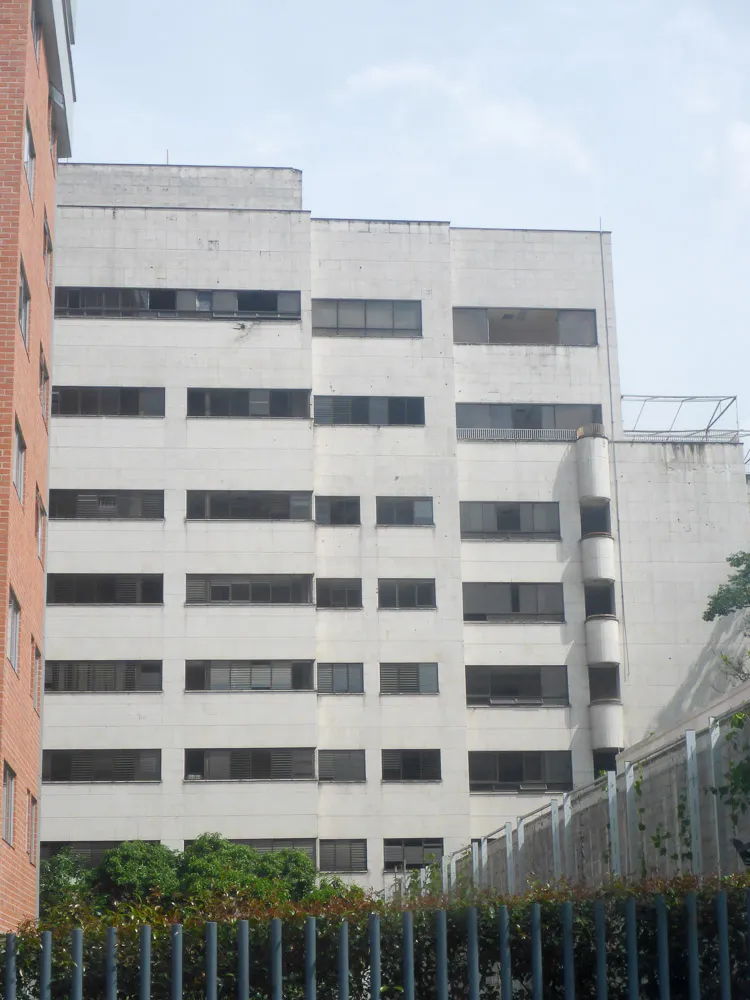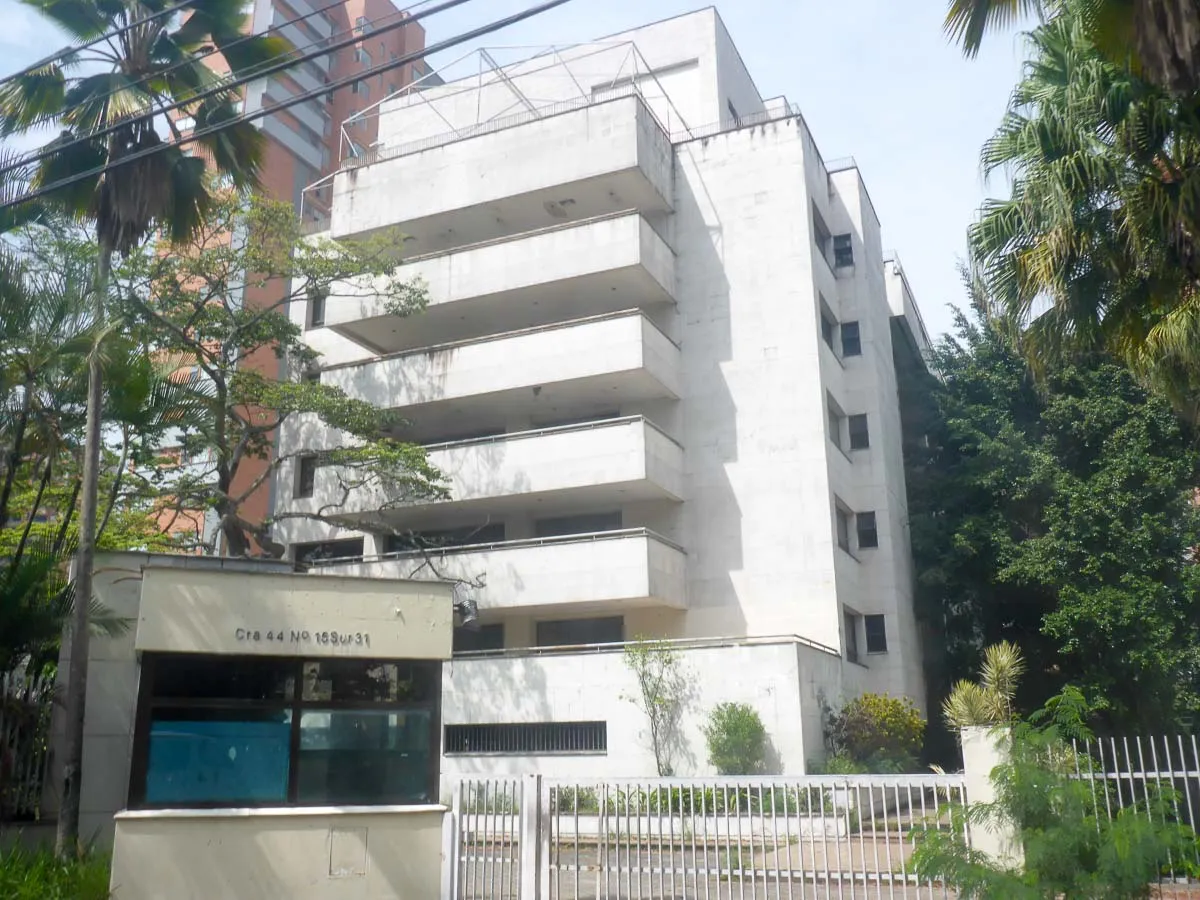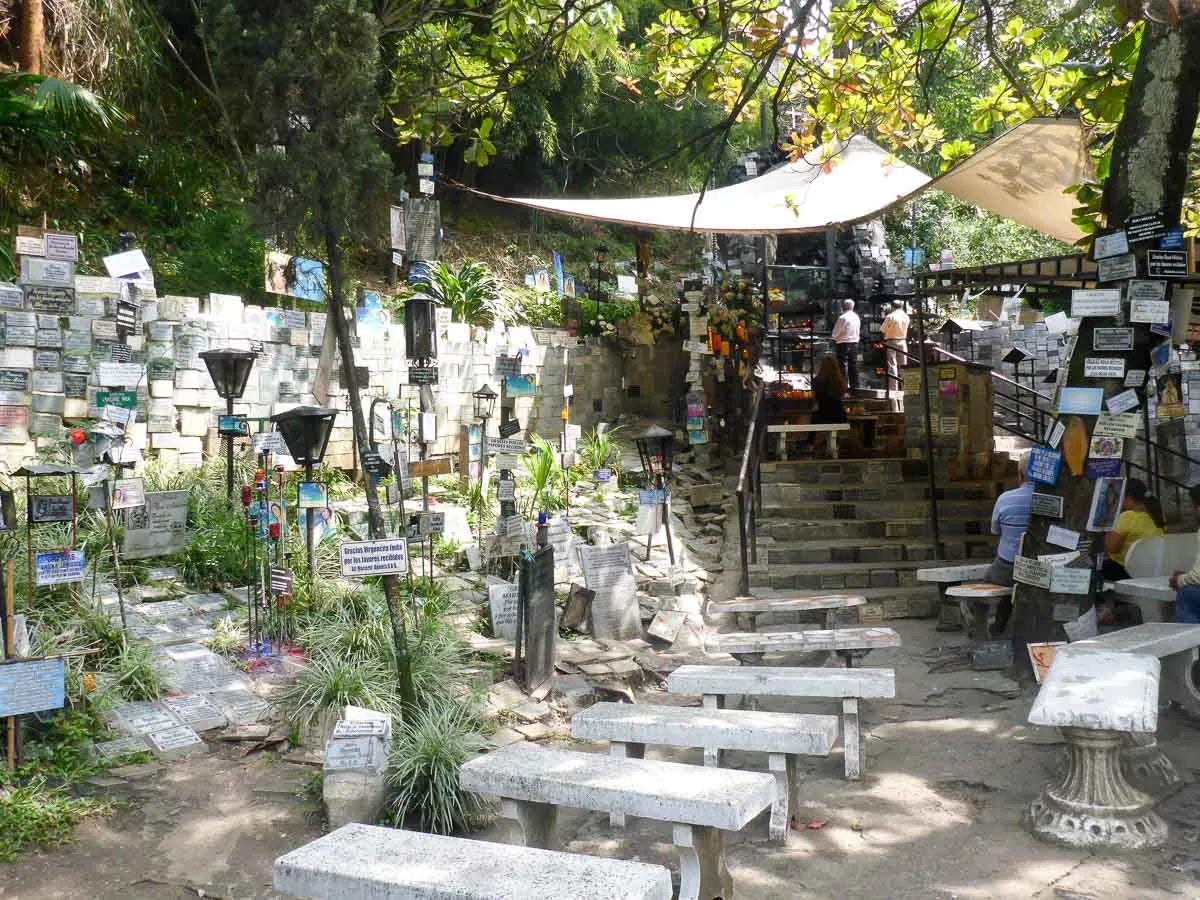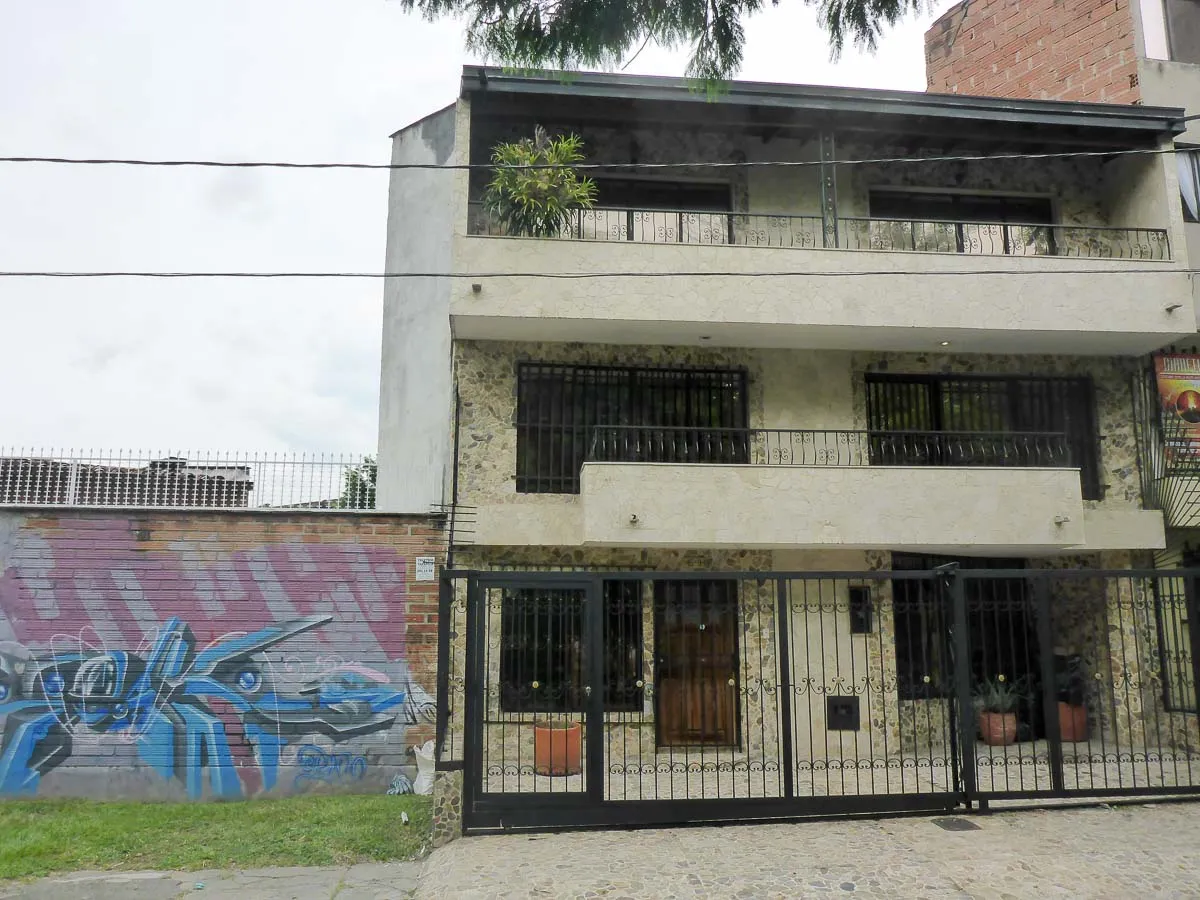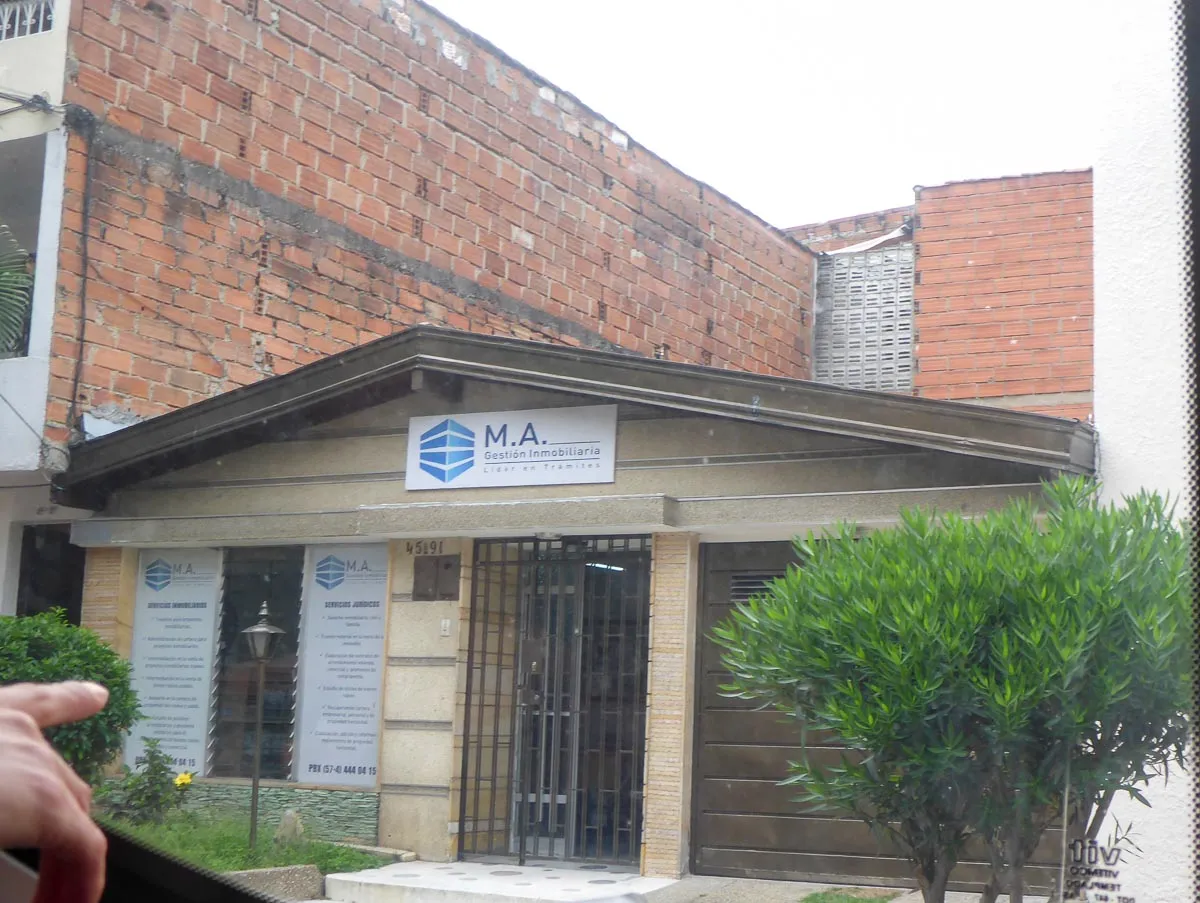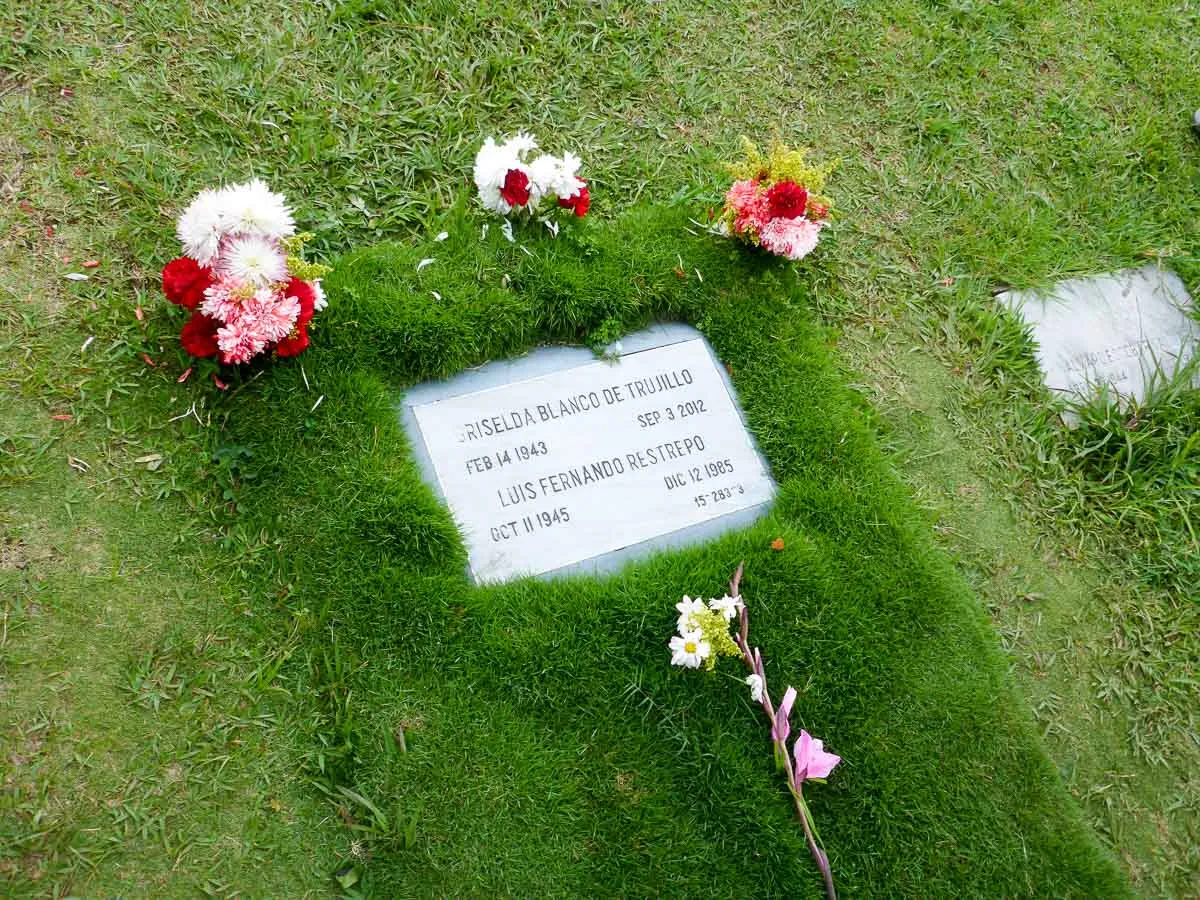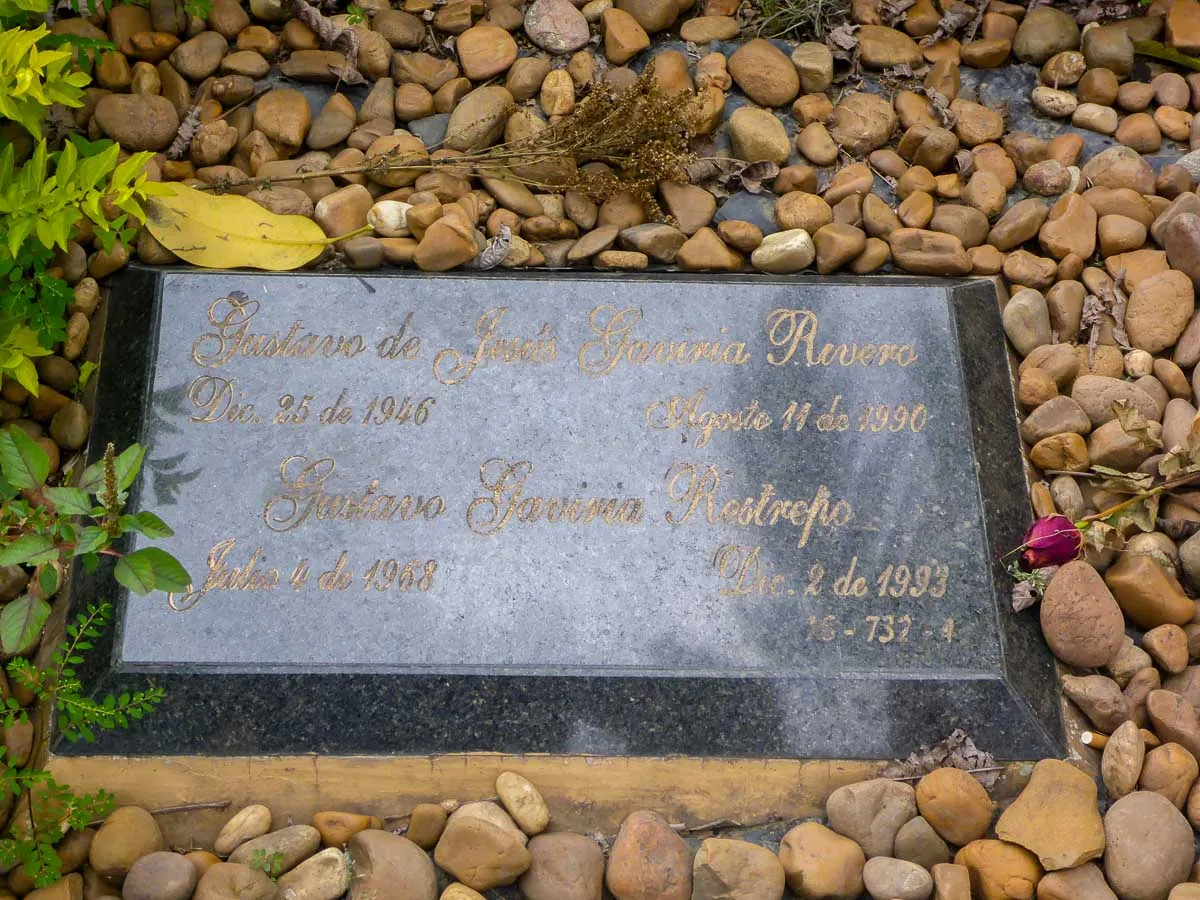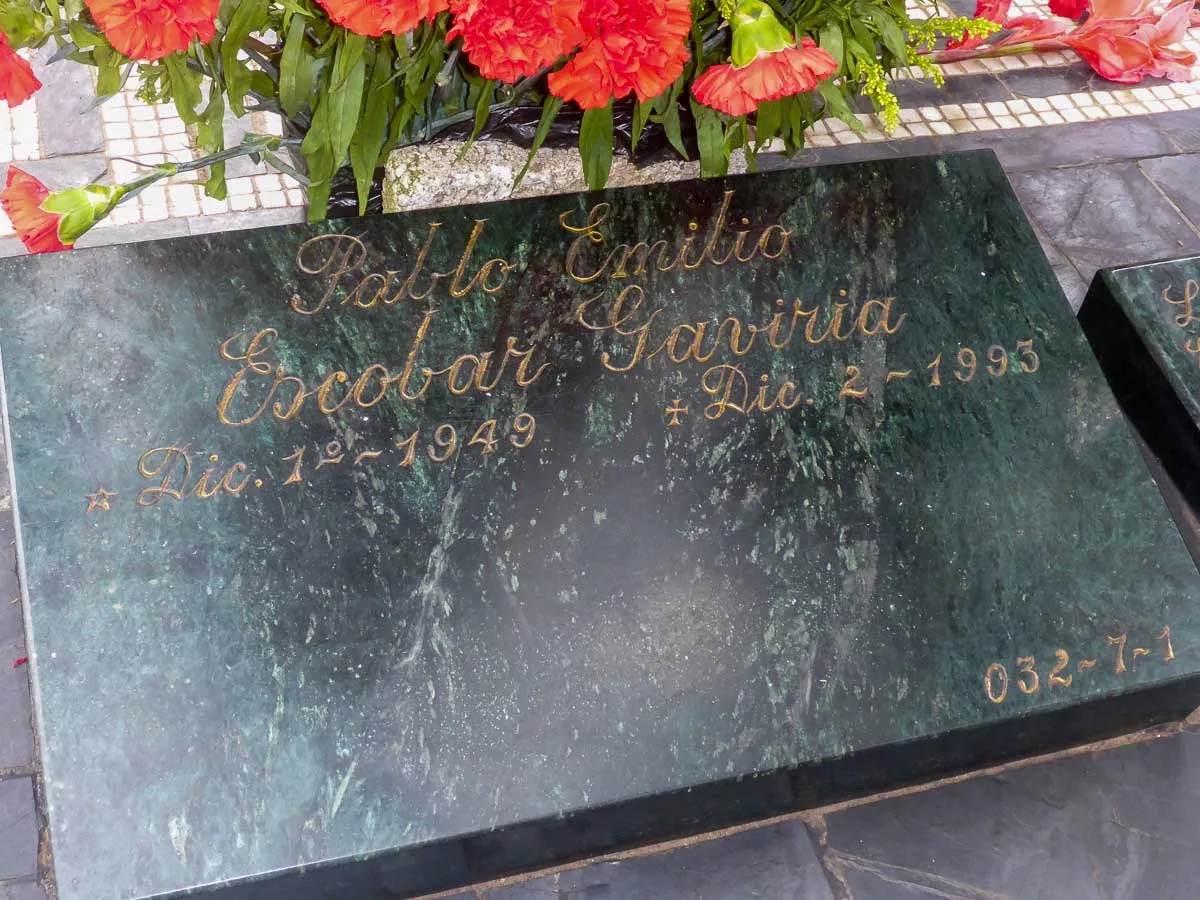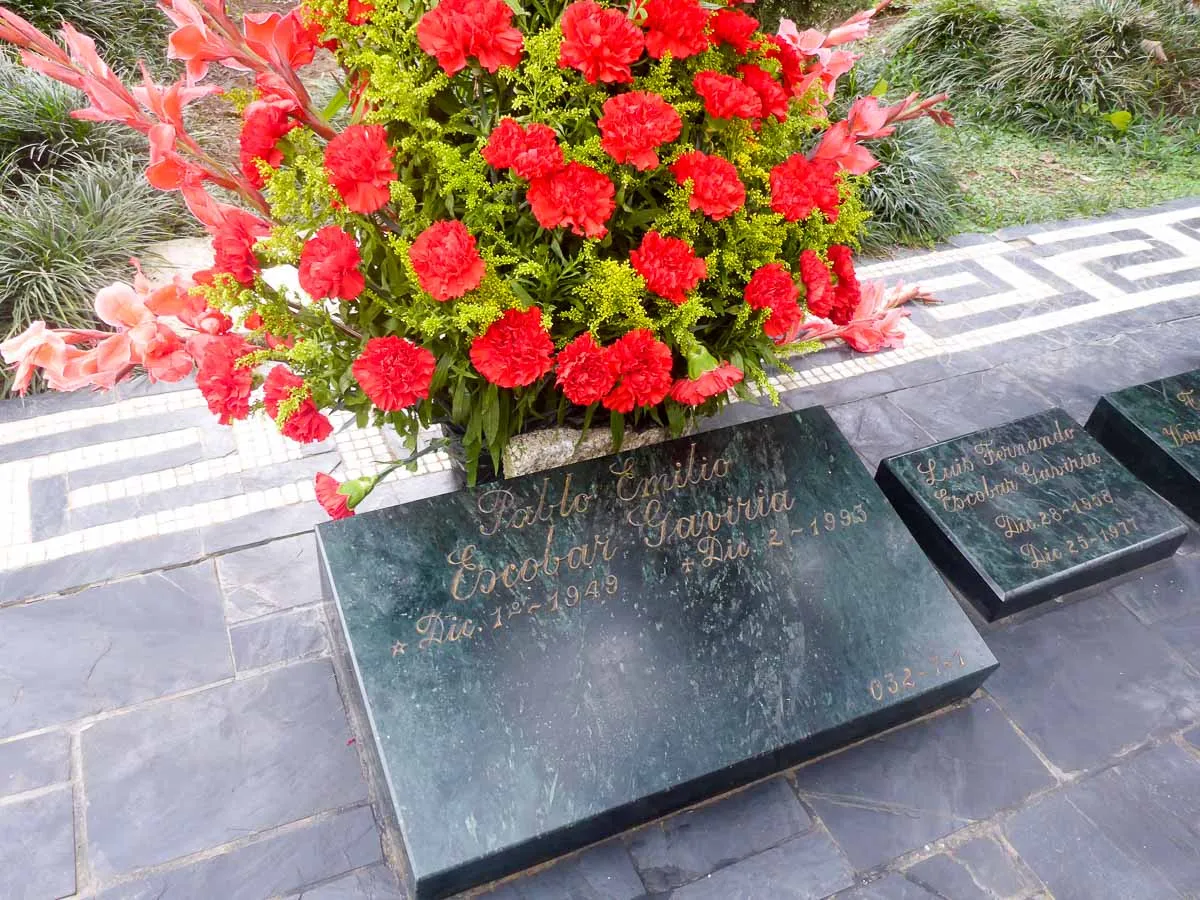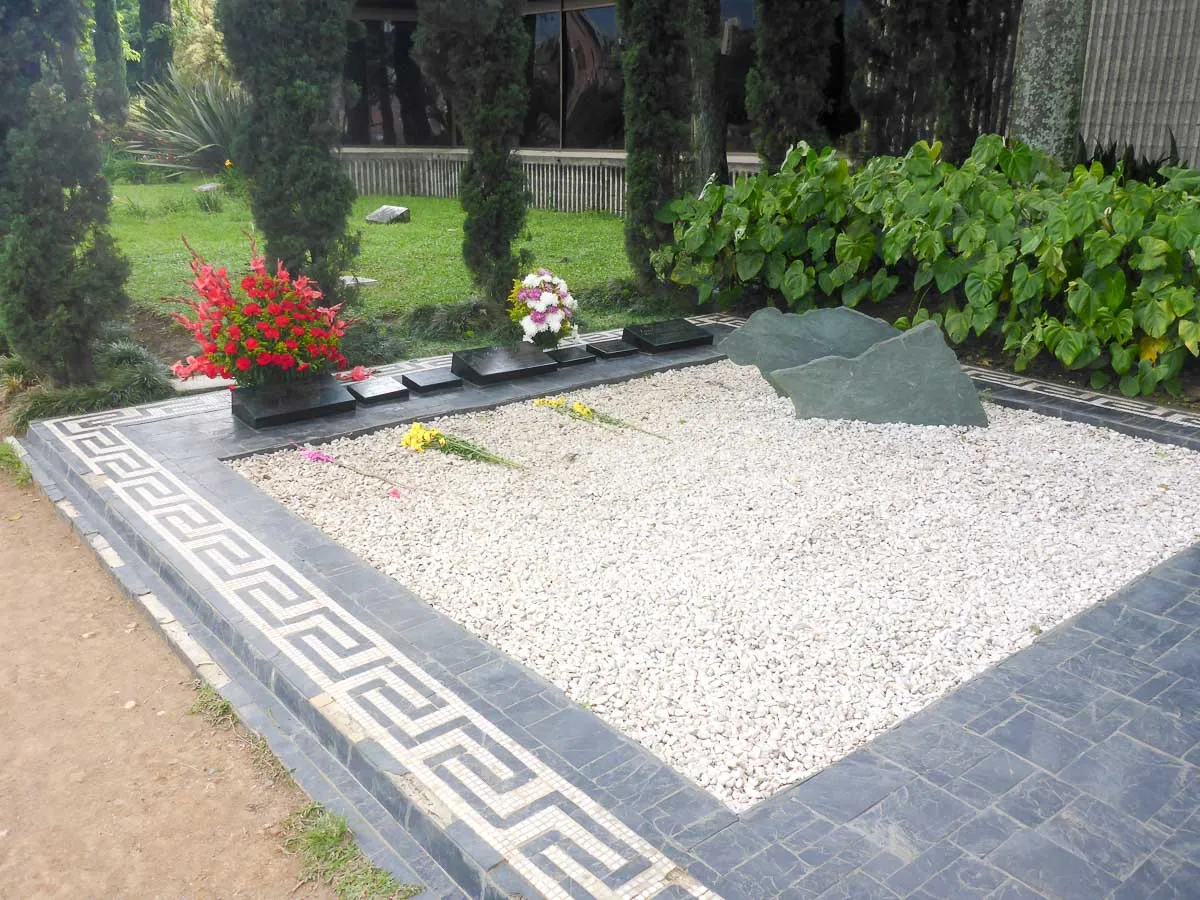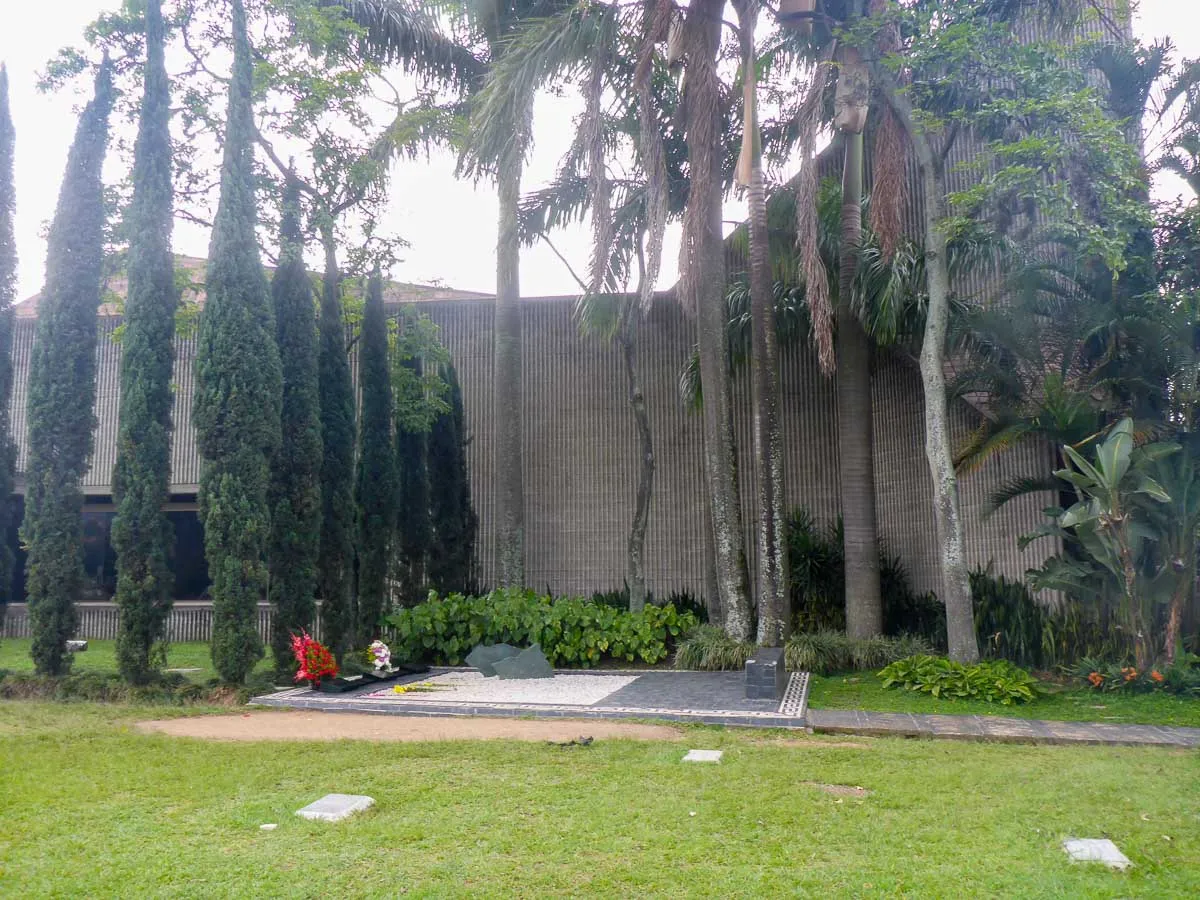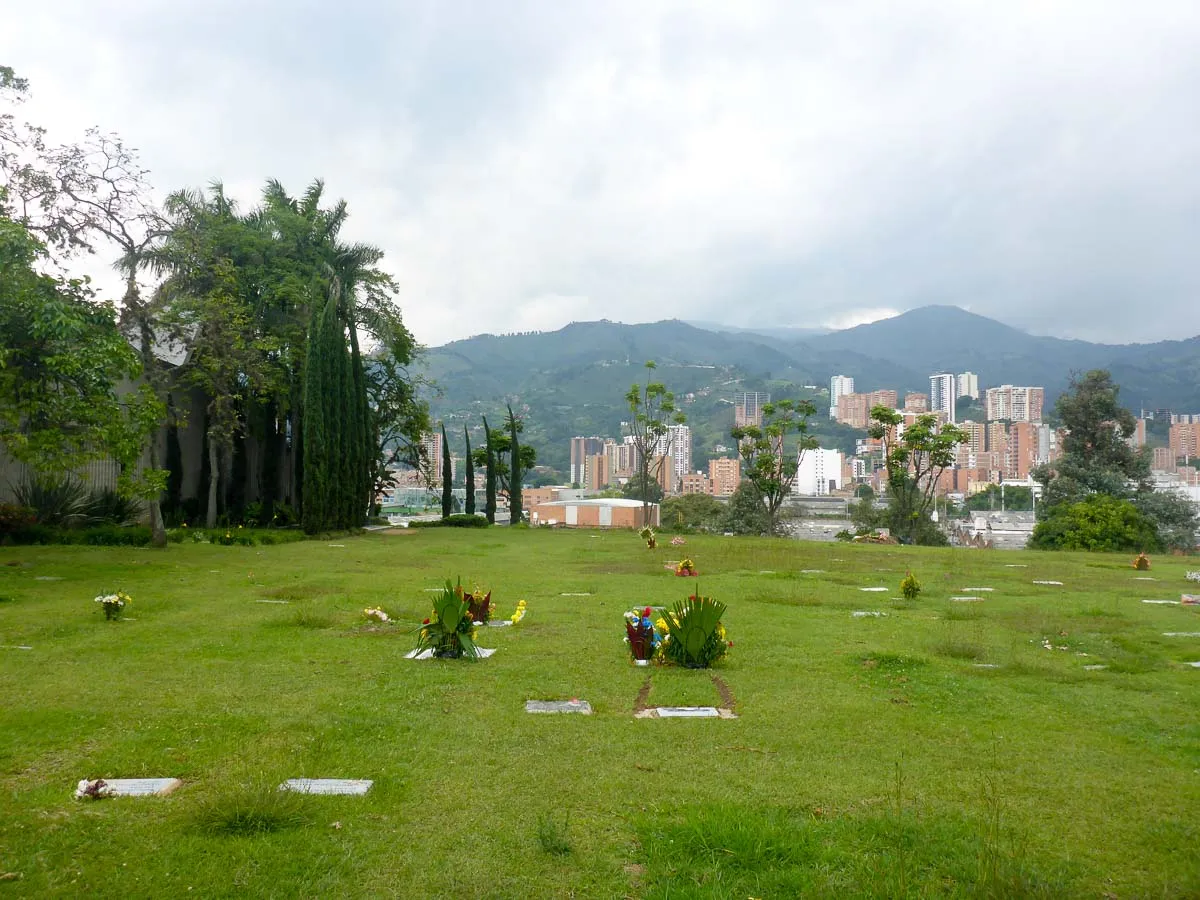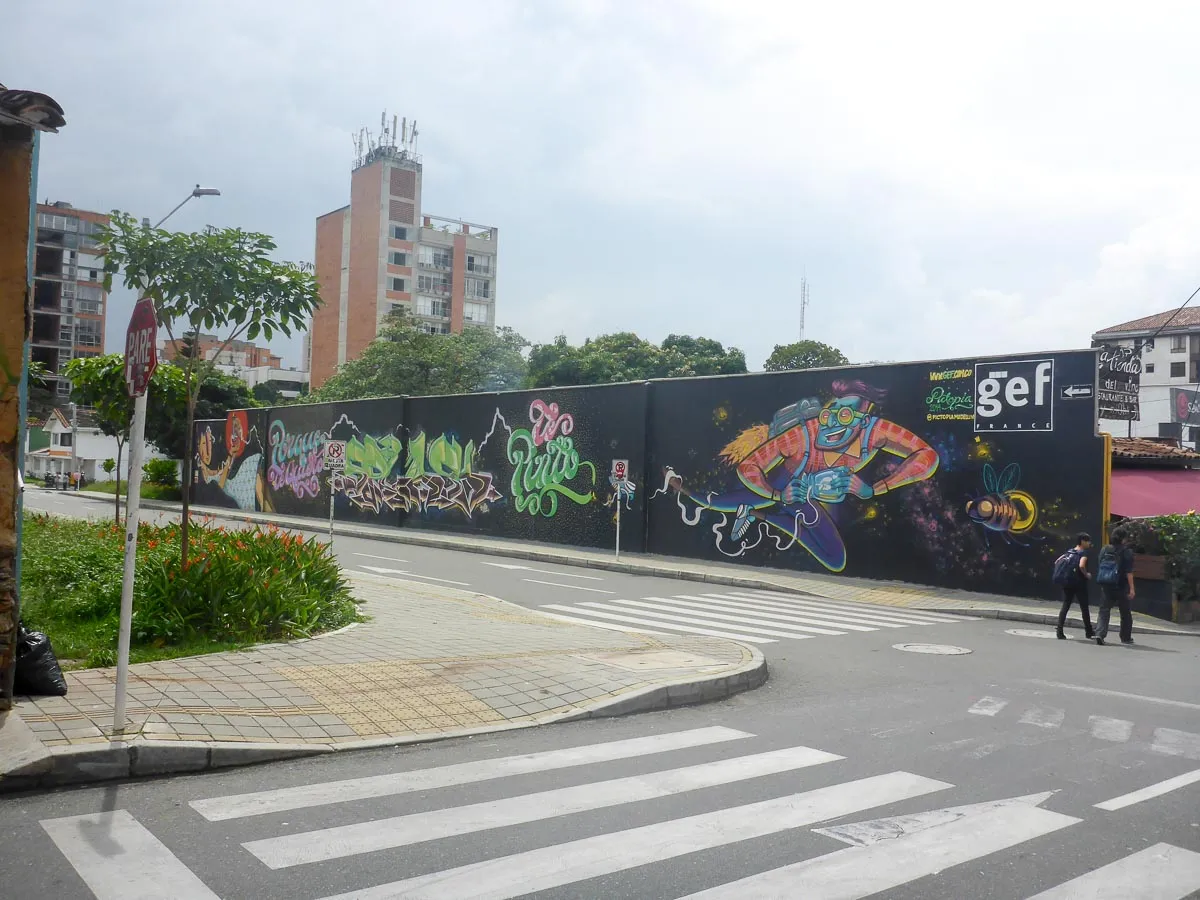Behind Medellin’s new image is a dark history of cocaine, extreme violence, power and wealth. One man in particular created the biggest drugs empire the world has ever known, Pablo Escobar is a name that many relate not just with Medellin but with Colombia. Today we go in search of the truth about what happened.

There are two company’s running Pablo Escobar tours, on one you get to meet Pablo’s brother Roberto and the other which drives you around the city stopping at various spots. We opted for the latter not really wanting to give any more money to the Escobar family.
Our tour guide for the day, a young Colombian women is very sombre about the subject of Pablo Escobar which is not surprising considering five of her uncles where killed during the violence. The people of Medellin feel the same way with nearly everyone having a story to tell of someone close losing their life. Most choose to forget the past and Pablo as well.
As we drive around the city in the cramped mini bus our tour guide, speaking through a microphone fills us in with the facts. The first stop is the Monaco building, one of Escobar’s 800 properties, and famous as the scene of the first car bombing which was planted by Escobar’s rivals, the Cali cartel, in a bid try and kill Escobar and his immediate family. Though Escobar survived his daughter still suffers hearing problems from the blast today. The building itself is fenced off and you can’t enter the compound. Like many of Escobar’s former residences it is owned by the government and has remained empty ever since being repossessed.

The Monaco Building Bombing was the start of hundreds of car bombs in the city and the next stop which happened to be next to our hotel was the scene of another car bomb. Though now there is little sign if the devastation as the building has been restored and is now a restaurant.
As we drove around the city the guide told us many horrific stories, one such example was the rituals performed with dead members of the cartel. When a cartel member was killed they would be dressed up and sun glasses would be placed on their face. The cartel members would then carry them around the bars and clubs on one final drinking session.
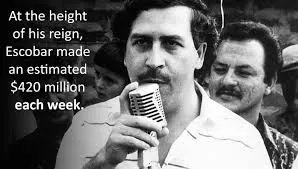
We continued on passing more buildings either funded by Pablo or owned by Pablo, there was more white buildings built in what is known as the ‘Narco Architecture’, white Miami style buildings surrounded by palm trees. There are football stadiums built by Pablo and multiple shopping centres built with drug money. As the bus slows the guide informs us we are safe as we enter into one of the poorest neighbourhoods which has been devastated by the production of cocaine.
However it’s not the cocaine itself that’s destroying this neighbourhood it’s the by-product. When cocaine is made there is a paste left at the bottom of the barrel in Colombia it’s referred to as Basuco. Said to be more potent than crack cocaine it is smoked either with tobacco or in a pipe and we are told that 1 gram costs 1000 pesos (less than 25p). With some users smoking up to 100 grams a day this stuff is destroying people’s lives, this is a direct effect of the wests greed for cocaine. We are told that some travellers get ‘lost’ in this neighbourhood and don’t return home.
The bus continues for a while and in a leafy middle class neighbourhood we all get out the bus and look across the road, the small non-descript building was Pablo’s final hiding place. This is where he was finally discovered hiding with his sole remaining body guard Limon. Although now it has been refurbished and another floor added it hardly looks like it belongs to one of history’s most violent stories.

Around the back of the building is the roof top where Pablo was shot trying to escape, who actually killed him is lost in time, with every group involved claiming the kill. The DEA, PEPES, the Colombian army all say they took the final shot, while the Escobar family claim he killed himself.
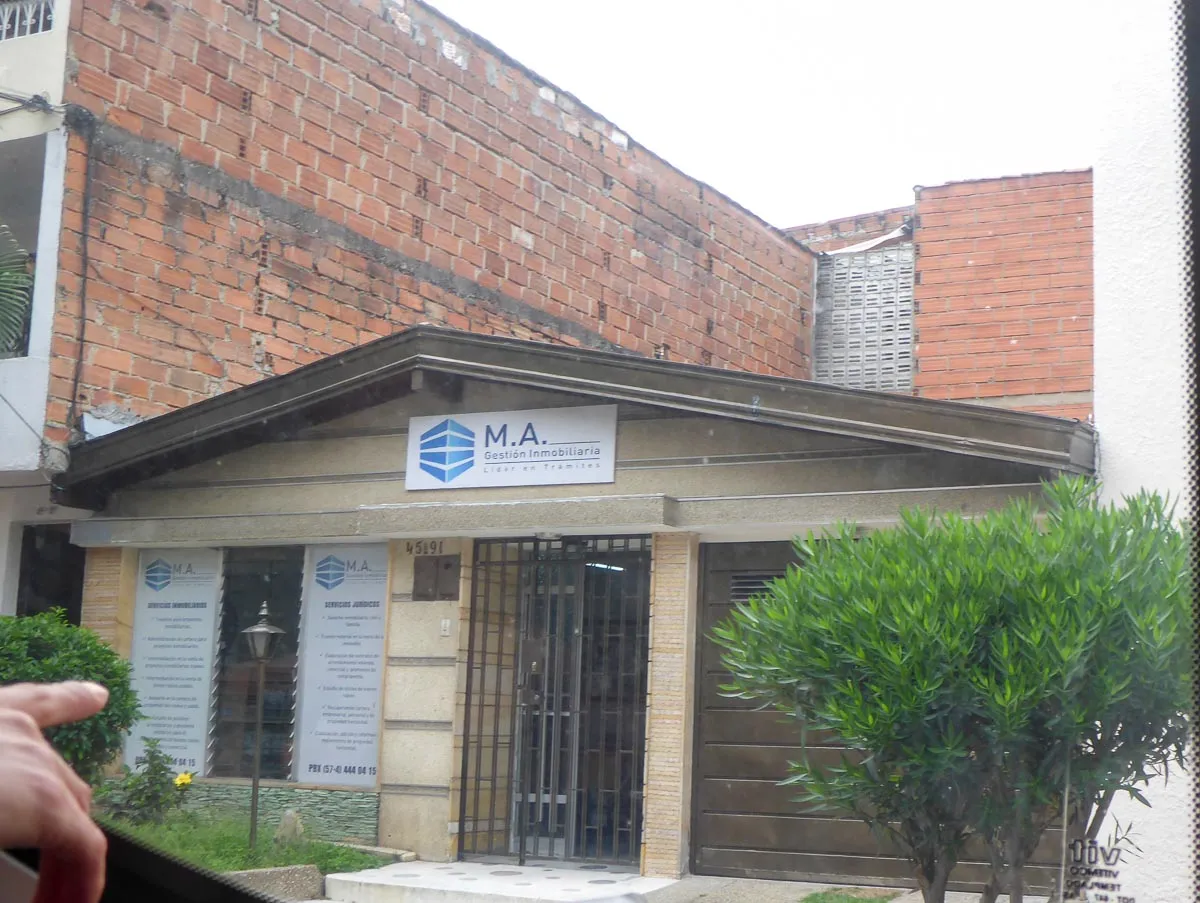
The final stop on the tour was the grave of Pablo Escobar. The grave yard is simple and the rules state that the graves must be flat and modest.
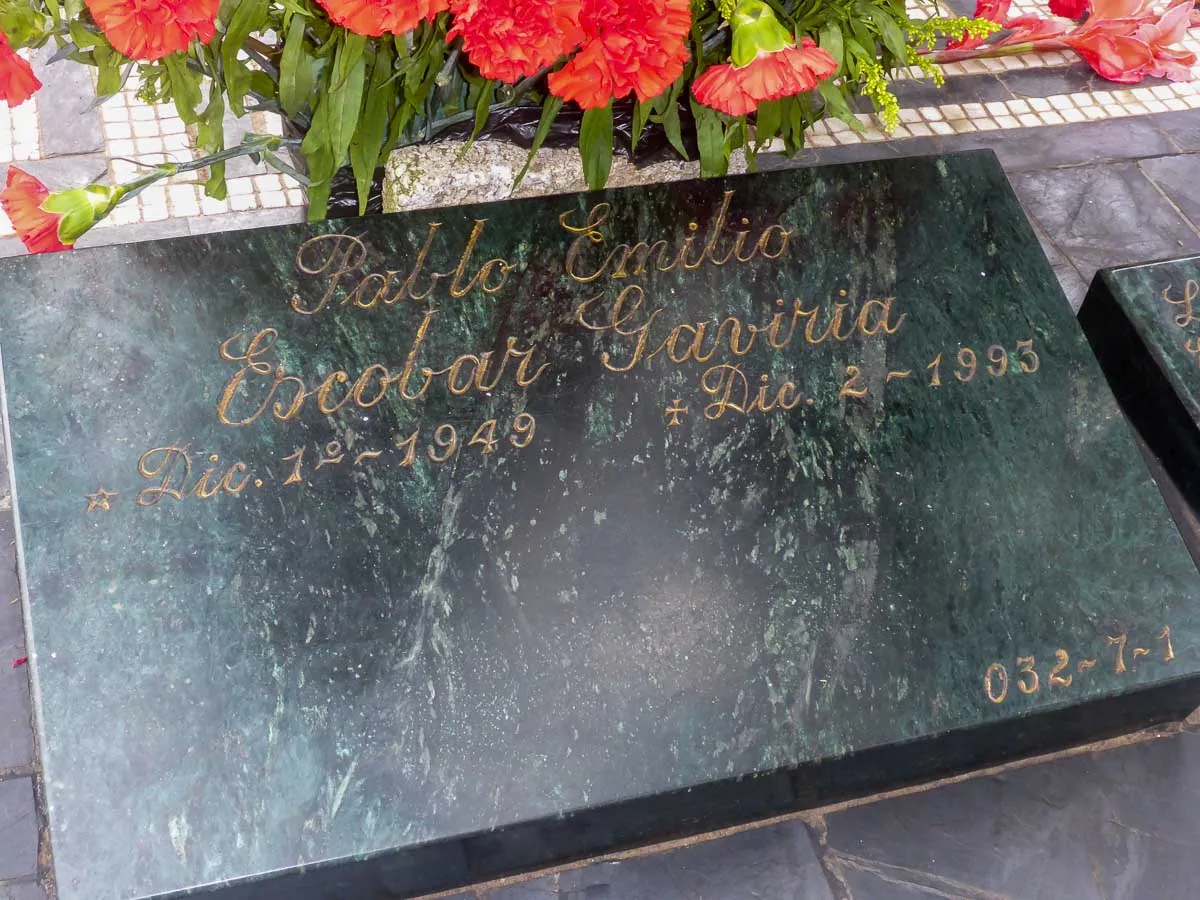
However, even in death Escobar managed to cheat the system. His grave is lavish compared to the others, it’s surrounded with his favourite palm trees and it’s always adorned with fresh flowers.
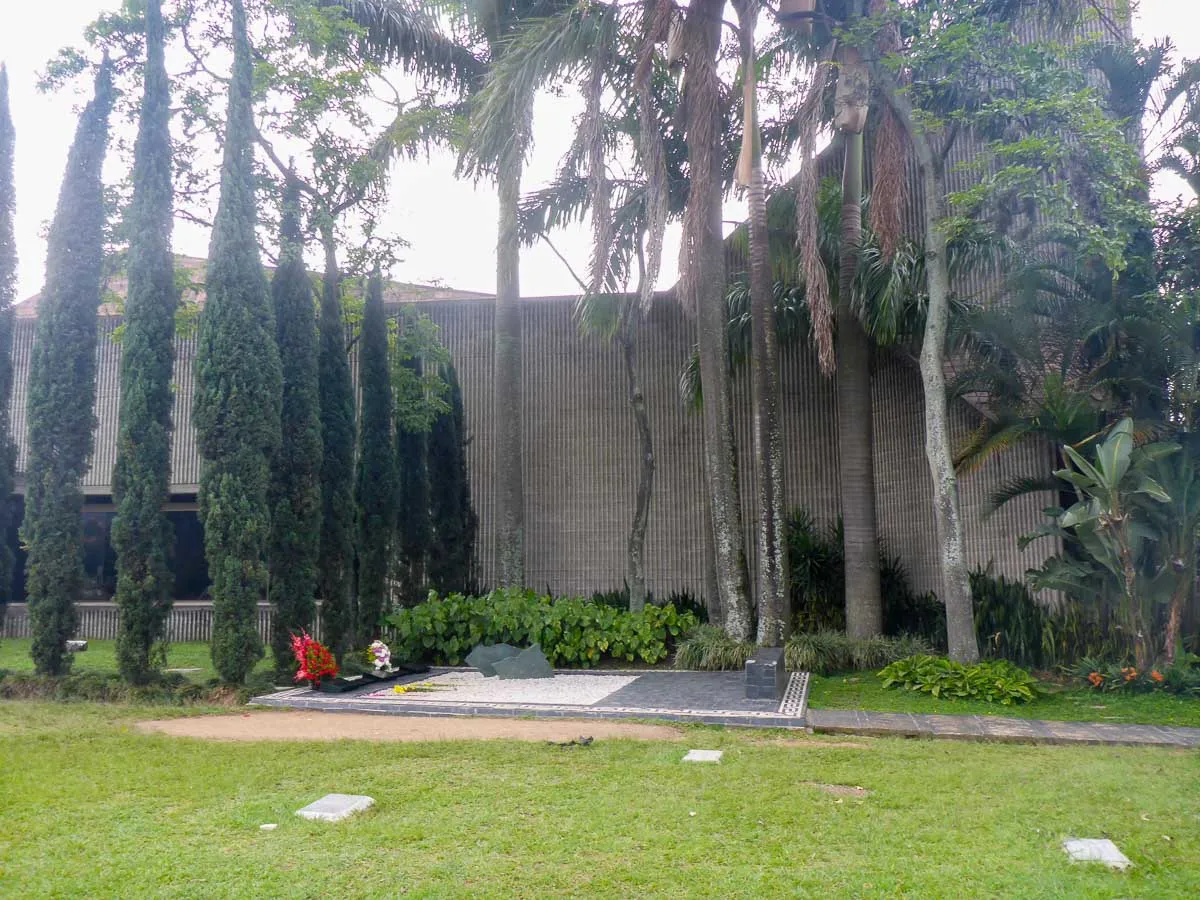
As we stand by the grave it’s hard to appreciate someone who killed thousands, we are told as many as 33,000 people lost their lives in Medellin, he indiscriminately killed anyone in his way, judges, politicians, policemen (600 where killed in Medellin) and even presidential candidates. He even brought down a passenger jet in the hope of killing one person who did not even board the plane.
One of the bizarre after effects of Escobar’s reign of terror is that Colombia now has one of the world’s largest populations of wild hippo. After Escobar’s luxury estate Hacienda Naples, a 20km2 estate with several mansions, bull fighting ring, go kart track, airport, four lakes, life size dinosaurs and a zoo, the government was left with the task of re-homing the animals. There was two hippos in the zoo, a male and a female. The government was unable to find a way to transport them so decided it was best to ‘forgot’ about them. Now there is a population of 40 hippos wandering around the estate. Hacienda Naples has recently been turned into a theme park but we did not visit it.
Even with the death of the big cartels Colombia is producing and exporting more cocaine than ever, in smaller networks with small groups handling each process it’s impossible for the government to track them down. Even now its clear there is a lot of cocaine in Medellin, seemingly everyone wants to sell it to you for less than a pint of beer. The tour guide states it costs no more than 20,000 peso for a gram which is about £4. She then finishes with an emotional speech saying that to stop the cocaine production people in the west should stop taking it but that won’t happen, it’s clear the war on drugs is not working (look at Mexico, El-Salvador, Honduras) and to stop the suffering the only way forward is education and regulation. A point in which I agree but in reality is unlikely to happen.

